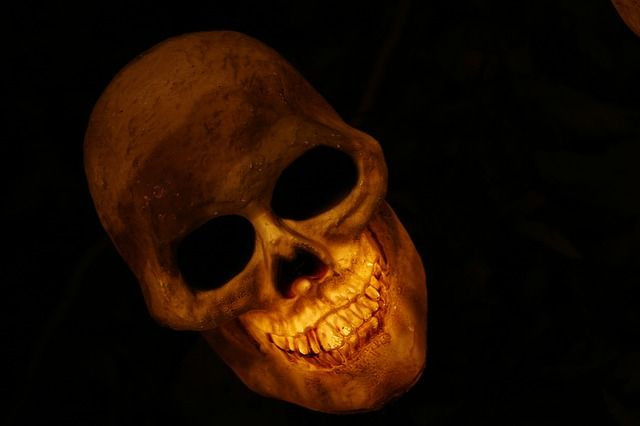Why Cannibalism Was Normal Among Our Ancient Ancestors (It Likely Wasn't For Survival)

As pop culture analysts may suggest, zombies and vampires are on their way out, soon to be replaced by a new horror king: The cannibal. Perhaps what makes the cannibal so different from other macabre creatures is the fact that one could live right next door. And if you were an ancient human, perhaps many lived next door. One recent study dug into the motivation behind ancient cannibalism, and found some interesting clues as to why our ancient ancestors would feast upon each other.
In the study, now published online in Nature, Dr. James Cole from The University of Brighton in England measured the total calories present in the flesh, organs, and muscles of our Paleolithic ancestors in order to understand if nutrition was the main motivation behind ancient acts of cannibalism. Results revealed that an ancient man had far fewer calories than what was needed to sustain a small community for one full day. In addition, Cole's study found that the physical and mental effort needed to hunt and kill a human far exceeded the amount of food they would yield.
“Given the amount of evidence we have for hominin cannibalism within a limited human fossil record, it would seem that this was a fairly common practice, and I don’t think that this could just be for survival alone,” Cole told Medical Daily in an email.
Read: What Does Human Taste Like? Determining The Flavor Of Human Flesh Without Resorting To Cannibalism
For example, the research found the average Paleolithic male weighing in at about 110 pounds, which Time reported was a normal size for the time, would yield only about 125,822 calories in total. When compared with other far more calorie-rich meals that would be easier to hunt and kill, such as a woolly mammoth or bison, it does not make sense for an ancient human to waste precious time and energy hunting his fellow man.
So if prehistoric cannibalism was not for food, why did humans eat each other? Time reported that there are many sites across ancient Europe riddled with bones with jagged breakage or parallel cut marks, signs of mass human consumption. While the bones alone may not give the full story, Cole told Time in an email that there were likely two reasons behind this horrific act, and they are not so different from modern man’s motivation for acts of horror: Power and expansion. These humans may have died in a primitive battles as a result of one tribe trying to extend their power over another. And once the bodies were already dead, it may have simply made more sense to eat them rather than let them rot and waste.
Cole told Medical Daily that there may also have been a ritualistic aspect to ancient cannibalism.
“In all likelihood, each episode of cannibalism in the Palaeolithic would have had its own unique set of motivations and drivers that we may never fully understand,” concluded Cole, adding that “we must consider the possibility that there are more complex [reasons] than we have previously thought.”
Source: Cole J. Assessing the calorific significance of episodes of human cannibalism in the Palaeolithic. Scientific Reports . 2017
See Also:
Cannibalism, The High-Protein Diet You've Never Considered; Yields Fewer Calories Than Eating Other Animals
Cannibalism And You: What Eating Other People Does To Your Body



























